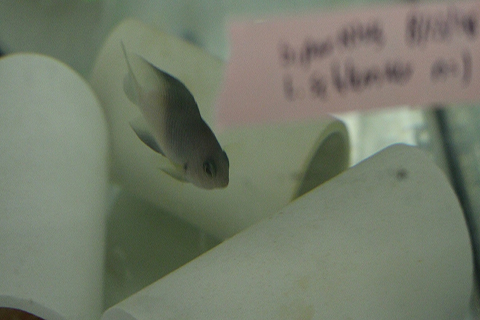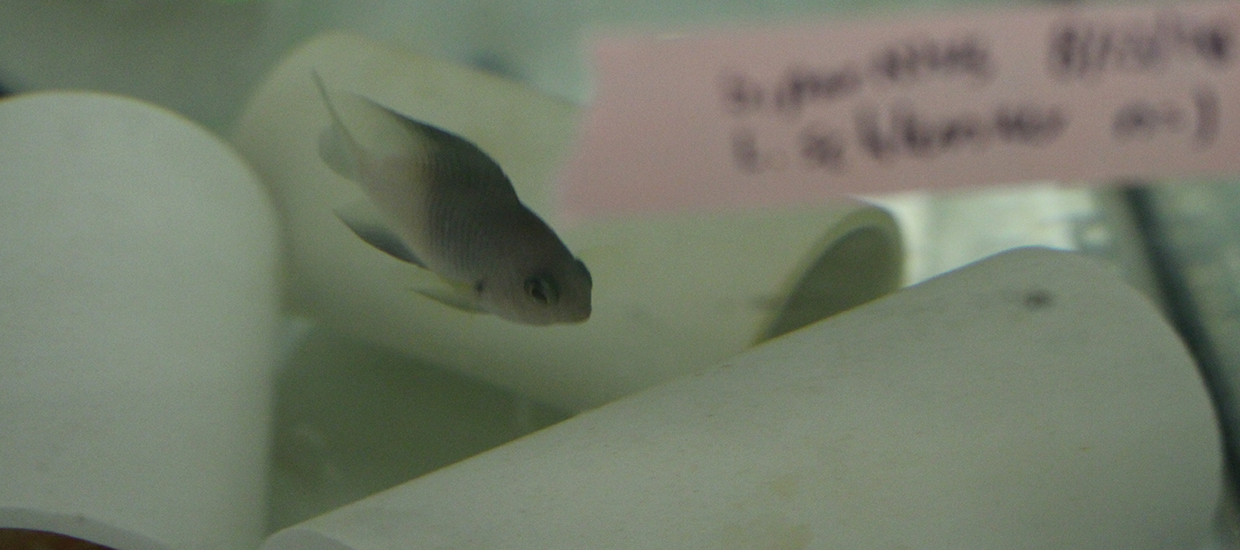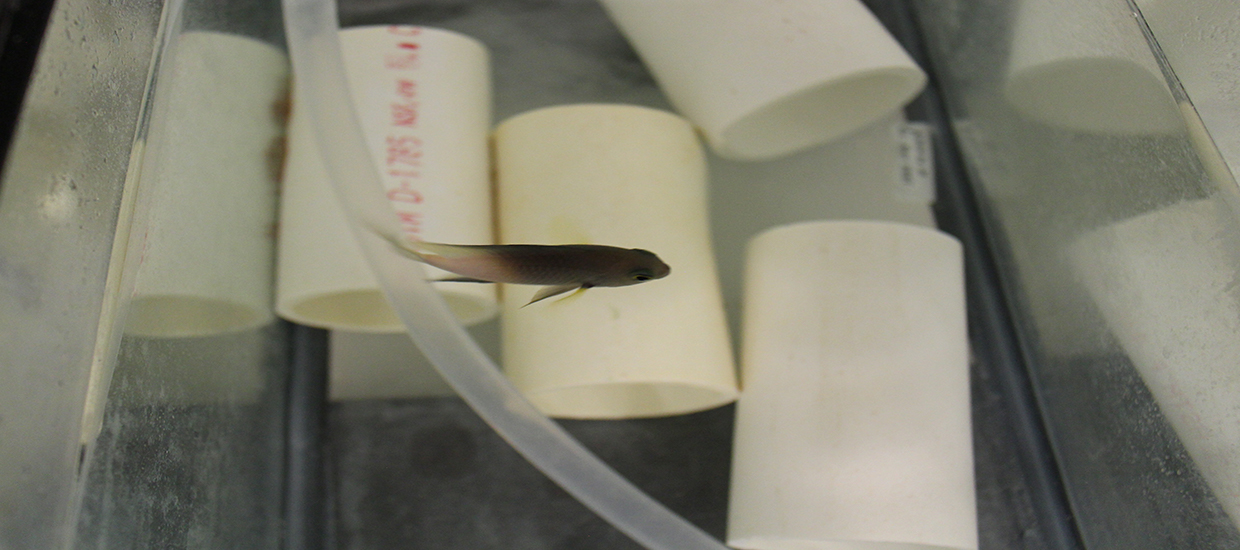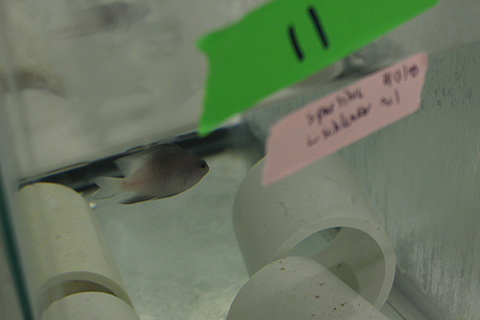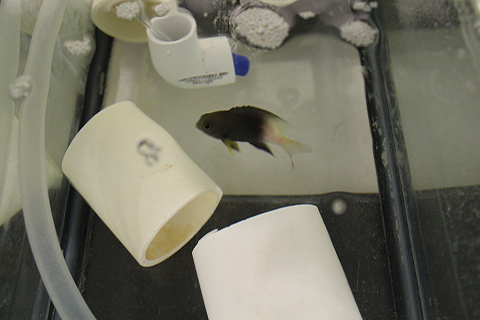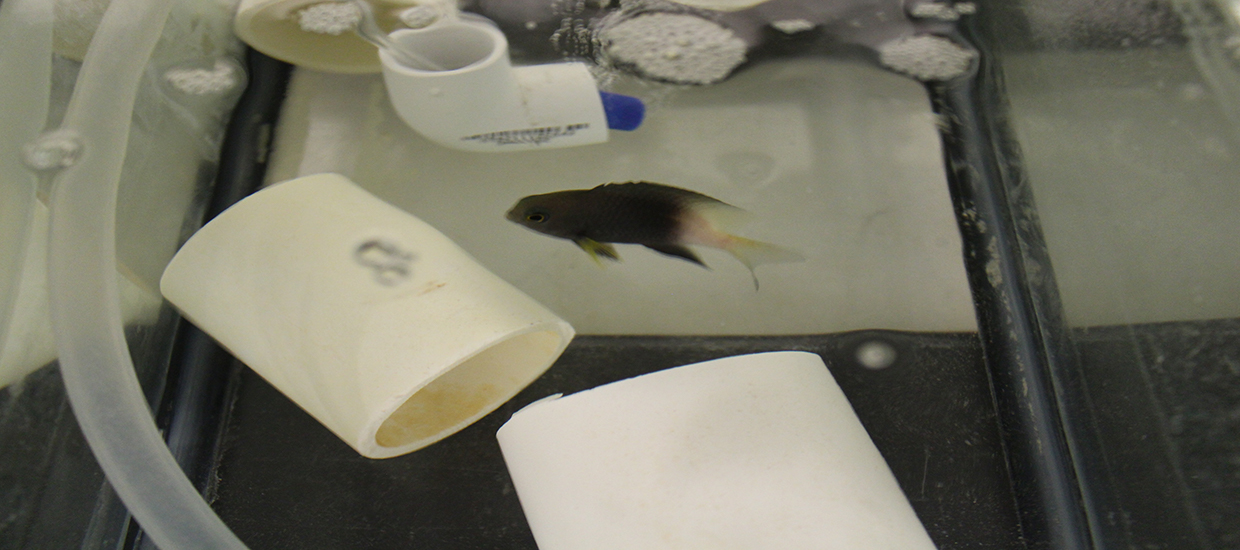Anthropogenic release of CO2 is currently resulting in acidification of our oceans at a rate higher than in the past 300 million years. Fish have long been assumed to be resilient to elevated CO2 due to their strong acid-base regulation. Indeed fish protect blood pH effectively by elevating plasma HCO3-, a response seen in toadfish at levels starting between 750 and 1000 μAtm CO2 (Esbaugh et al 2012). However, the elevated plasma HCO3- levels needed to compensate blood pH during CO2 exposure causes downstream effects that may be detrimental to fish (Heuer & Grosell 2014). Elevated plasma HCO3- along with elevated intracellular HCO3- concentrations in the brain results in altered ion gradients across neuronal cell membranes and thereby altered function of the GABAA receptor (Heuer et al 2016b) (Fig 2). The GABAA receptor is the main inhibitory receptor in the vertebrate central nervous system and altered function of this receptor is hypothesized to be responsible for pronounced behavioral disturbances observed in a number of fish and invertebrate species (Heuer & Grosell 2014).
Elevated plasma HCO3- during compensation for CO2 exposure alters intestinal ion transport. Plasma HCO3- is a source for intestinal secretion of HCO3- into the intestinal lumen and enters the cell from the blood via a Na+: HCO3- co-transporter, NBC1 (Taylor et al 2010). Elevated plasma HCO3- during CO2 exposure results in increased cellular uptake of HCO3- and Na+ from the blood via NBC1 and leads to increased intestinal HCO3- secretion (Heuer et al 2012; Heuer & Grosell 2016). The excess Na+ uptake via NBC1 place a greater demand on the intestinal epithelial cells to eliminate excess Na+ via the Na+/K+-ATPase, an energy demanding process. Intestinal energy demand is increased during CO2 exposure, likely due to the increased demand for Na+ extrusion (Fig 3). The observed increase of intestinal energy demand may explain reports of delayed digestion observed in CO2 exposed fish (Heuer & Grosell 2016).
Last, but not least, the elevated plasma HCO3- and resulting increase in intestinal secretion of HCO3- may result in increased formation and release of CaCO3 precipitates (Heuer et al 2016a).



